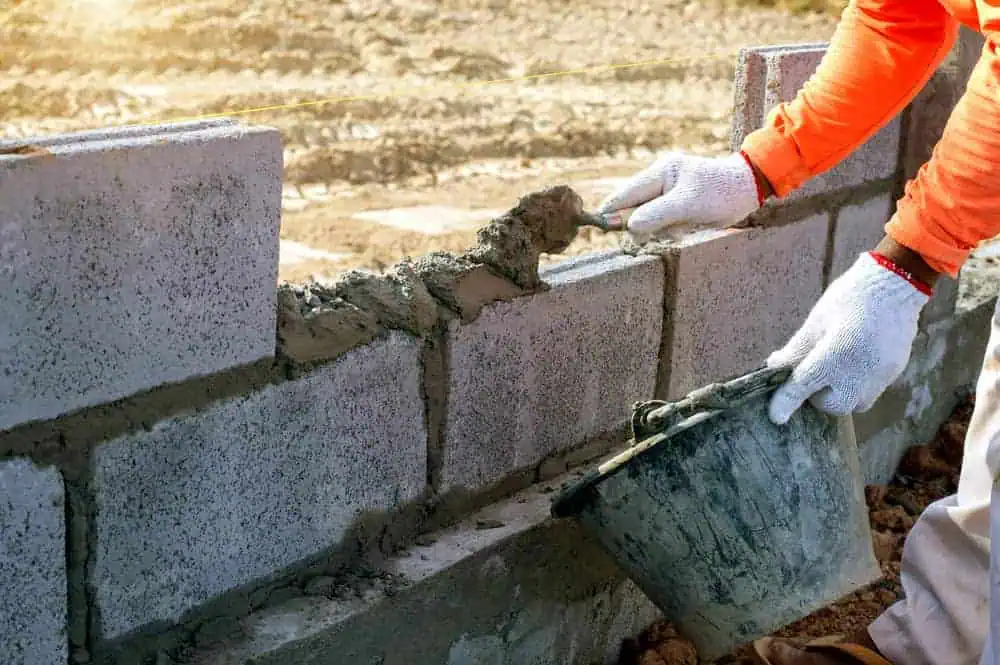Masonry Contractor in Ashland, MA
Discover how masonry services in Ashland, MA, provided by Academy Masonry, contribute to a sustainable future.
Call Us Today: 508-501-3272

Masonry construction offers numerous environmental benefits, making it an excellent choice for sustainable building in Ashland, MA. At Academy Masonry, we are committed to delivering high-quality masonry services that enhance aesthetics and environmental performance.
Our Middlesex County team specializes in various masonry techniques, ensuring durable and eco-friendly results. With 617-388-5207, you can contact us anytime for your masonry needs.
Our team in Ashland, MA is skilled in all aspects of masonry construction, ensuring top-quality results every time.
At Academy Masonry, we prioritize eco-friendly materials and methods, contributing to a greener future in Middlesex County.
We are dedicated to exceeding client expectations, and we have many satisfied customers in Ashland, MA. Call 617-388-5207 to learn more about our services.

Masonry construction utilizes natural and abundant stone, brick, and concrete materials. These materials are not only durable but also have a lower environmental impact compared to other building materials. Using these sustainable materials, we at Academy Masonry ensure that our masonry services in Ashland, MA, contribute to environmental conservation. The longevity and strength of masonry materials mean fewer replacements and repairs, reducing waste and resource consumption over time.
In addition to sustainability, masonry buildings offer superior energy efficiency. The thermal mass of masonry helps to regulate indoor temperatures naturally. During the summer, masonry walls keep interiors cool by absorbing heat, and during the winter, they retain warmth, reducing the need for extensive heating and cooling systems. This energy efficiency translates to lower utility bills for residents of Middlesex County, making it a cost-effective choice for homeowners and businesses alike.
Furthermore, the energy efficiency of masonry construction also contributes to a reduced carbon footprint. Lower energy consumption means fewer emissions from heating and cooling, which benefits the environment. At Academy Masonry, we are committed to providing masonry services that meet and exceed sustainability standards. Our dedication to eco-friendly practices helps protect the natural beauty and resources of Ashland, MA, ensuring a healthier environment for future generations.

One of the significant advantages of masonry construction is its exceptional durability. Structures built with masonry can withstand extreme weather conditions, pests, and fire, making them a reliable choice for long-lasting buildings. In Ashland, MA, Academy Masonry is renowned for constructing masonry buildings that stand the test of time, ensuring safety and security for residents and businesses.
The low maintenance requirements of masonry buildings further enhance their appeal. Unlike other construction materials that may require frequent upkeep and repairs, masonry structures demand minimal maintenance. This reduces ongoing costs for building owners and decreases the environmental impact associated with repair work. In Middlesex County, choosing masonry means fewer disruptions and a more sustainable approach to building maintenance.
The resilience of masonry construction contributes to its environmental benefits. Buildings that last longer need fewer resources for repairs and replacements, reducing overall material consumption. At Academy Masonry, we take pride in delivering masonry services that combine strength, beauty, and sustainability. Our commitment to excellence ensures that every project in Ashland, MA, is built to last, providing our clients lasting value and environmental benefits.
Ashland is a town in Middlesex County, Massachusetts, United States. It is part of the MetroWest region. The population was 18,832 at the 2020 United States census.